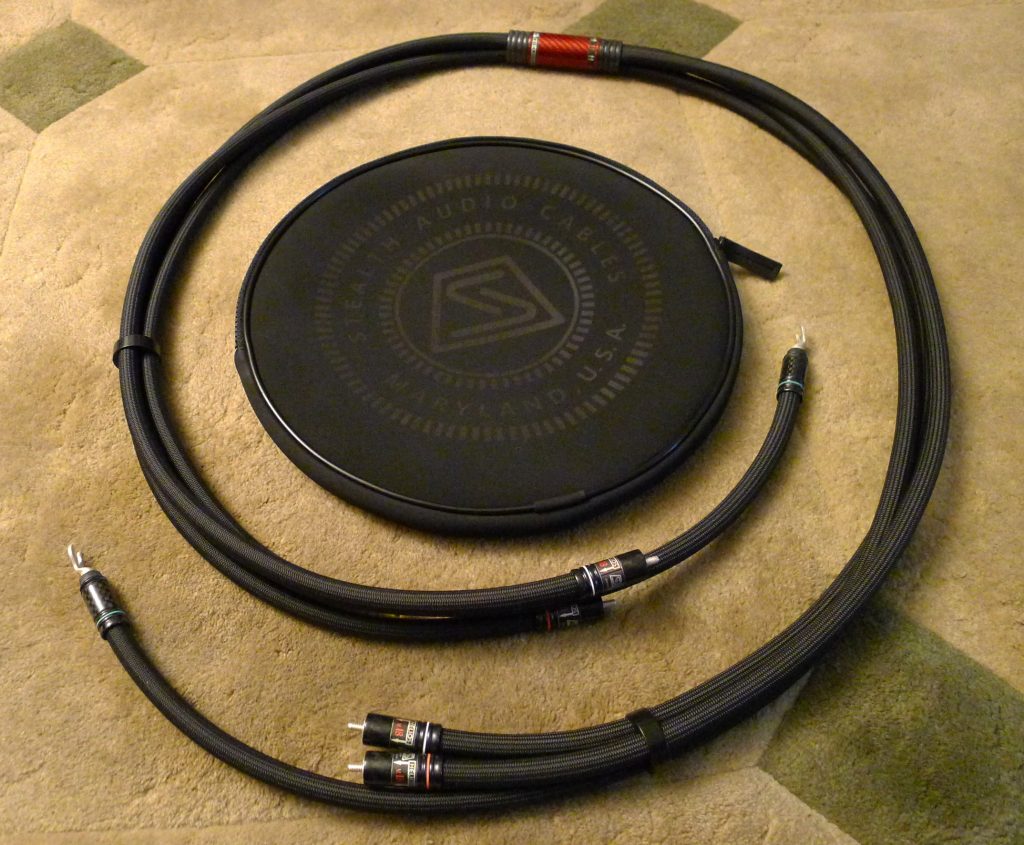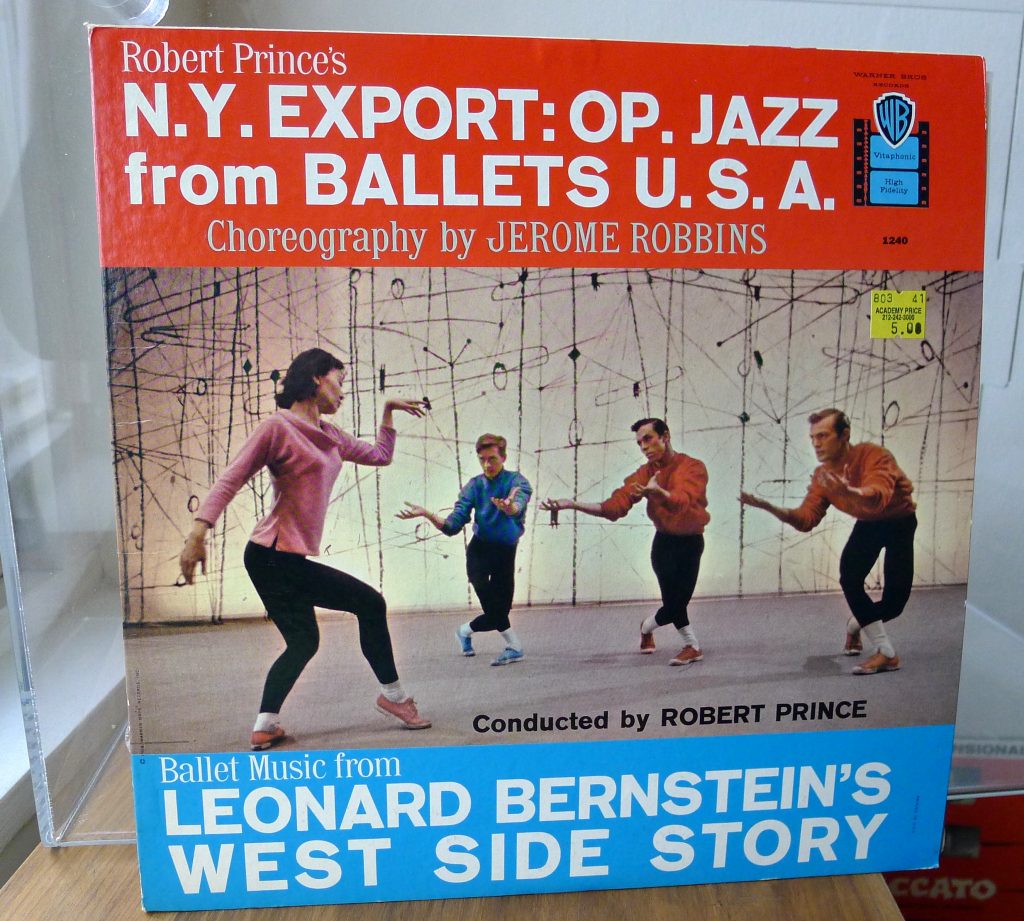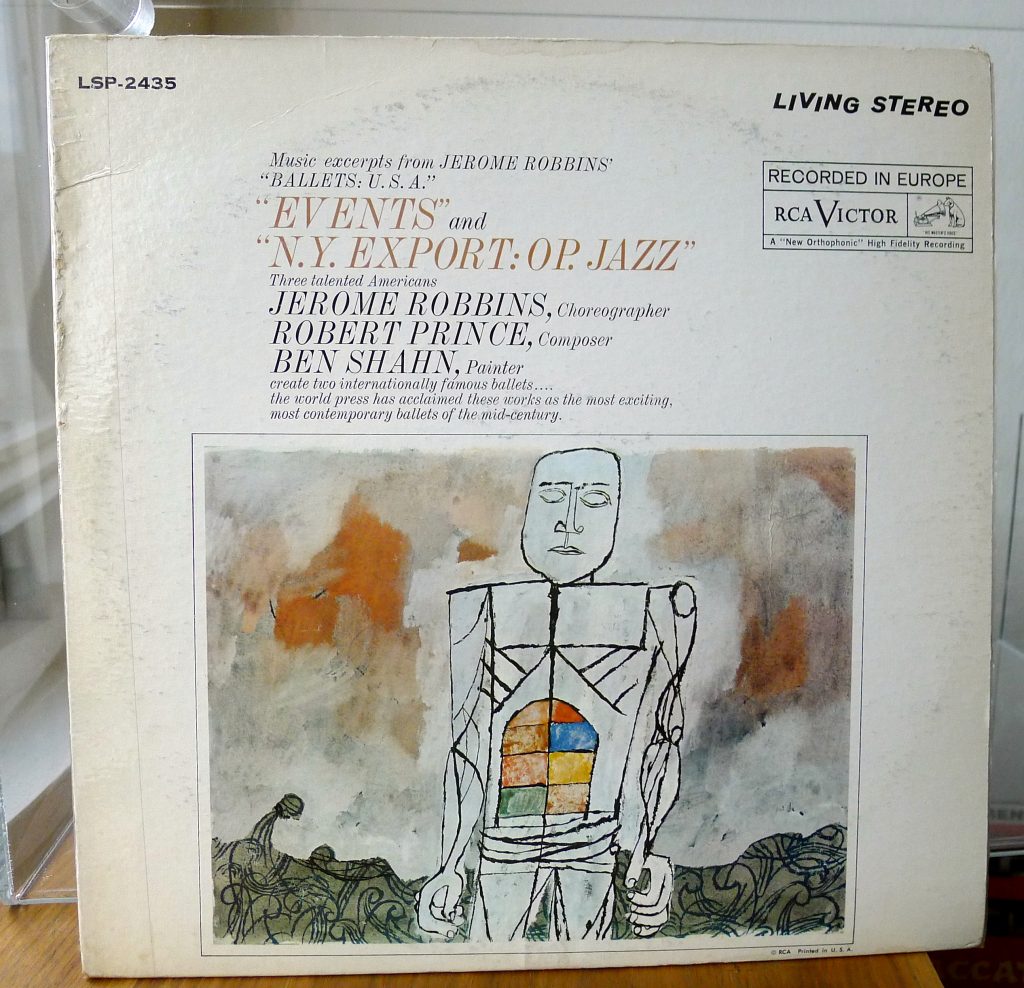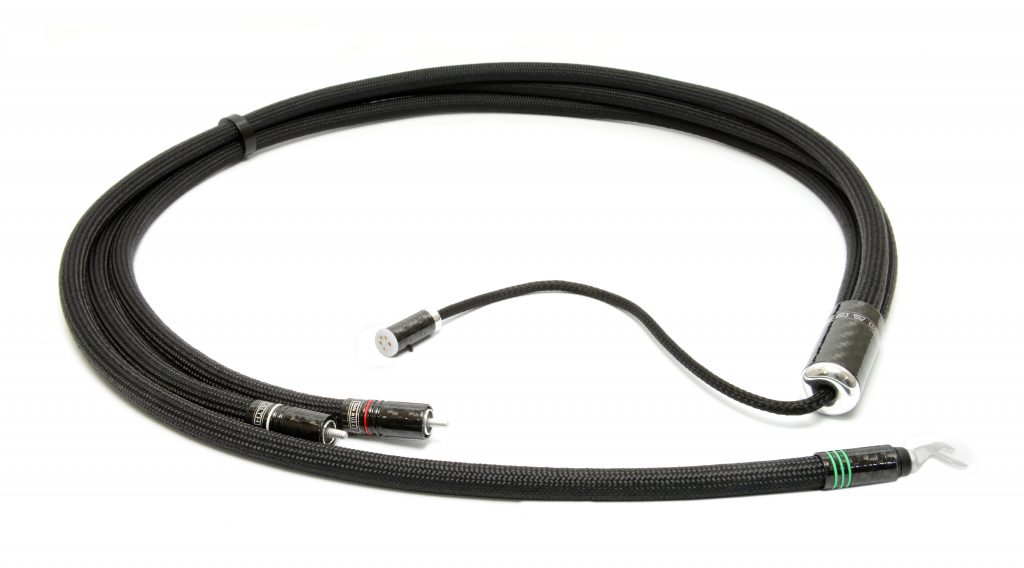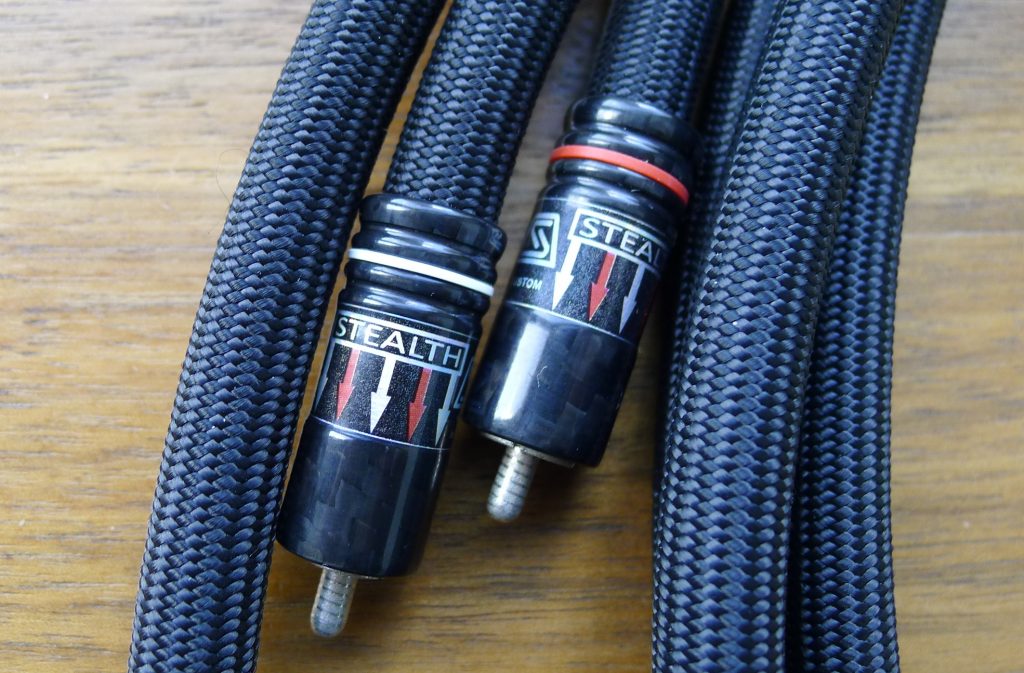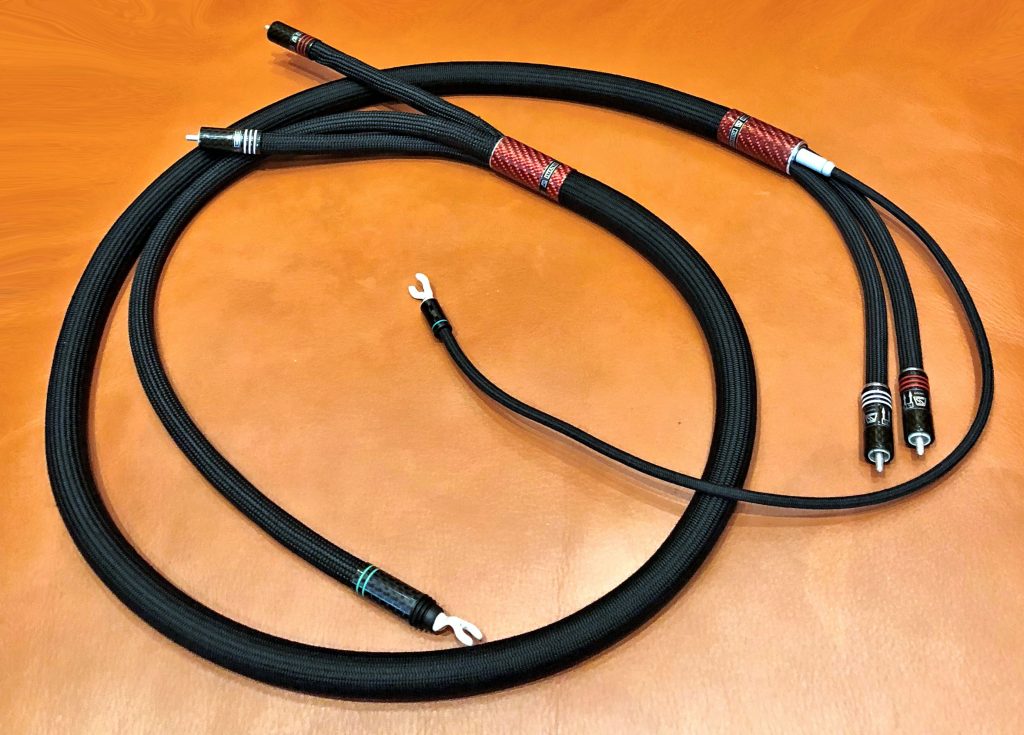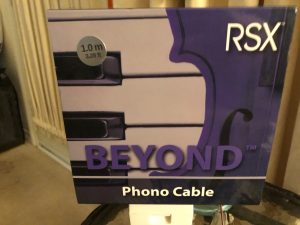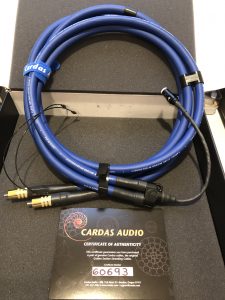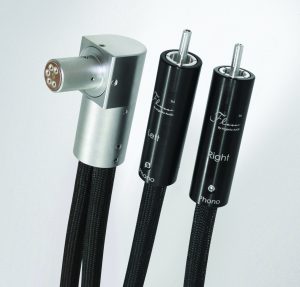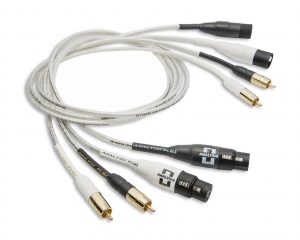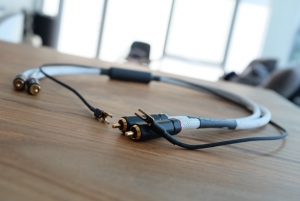Saturday mornings I'm at the Greenmarket early and later I make my way over to Academy Records, my favorite music retailer. While perusing the bins recently, I stumbled upon Jazz Ballets from Broadway, an early stereo LP from 1958 (Warner Bros BS 1240). The title won't ring a bell for many people, but it was a big deal at the time according to the liner notes. Jerome Robbins had a runaway hit modern dance extravaganza on the Great White Way, entitled "Ballets U.S.A." A section of the score entitled N.Y. Export: Op. Jazz is on side two of this LP. And there it was, lost to today's vinylphiles, gathering dust. I snatched it for $5.
I knew what I was looking at because I own an RCA Living Stereo LP of the same Robert Prince score (LSP-2435). This RCA was recorded in 1962 in Kingsway Hall, London, England. You know that recipe: RCA + 1962 + Kingsway Hall = glorious Golden Age sound. The flip side is even more killer.
Every Record tells a Story: The WB
I cranked up the Warner Bros LP on my Kronos Sparta turntable. Yeah, it's one of those unfortunate stereo demo discs with lots of hard left/right Ping Pong panning, but I like the cool fifties vibe reminiscent of Stan Kenton, only better. Each instrument of the expanded jazz band gets solo time, and there are lots of face-offs between groups, i.e. the brass over on the extreme left answered by the massed saxes on the far right. Even the tympani get to challenge a drum kit on the left.
The RCA
When I dropped the RCA LP on the Sparta, I was surprised to hear the same left/right panning, the same instrument groupings, the same double bass down center. Even the solos seemed to match. Clearly, this a composed score and I suspect the placement of groups on the stage was also specified. The performances are competitive. Which LP am I gonna keep? I'll give the nod to the RCA on the basis of sound quality.
The Helios Phono Cable
I used the Helios Phono Cable from STEALTH Audio for the comparison because it has a habit of making apparent things I wasn't aware of, such as positive ID of the instruments; the size of the group they are in; where they are on the stage (nearfield or far); even the delay and duration of the echo bouncing off the opposite side or rear wall.
Yeah, the Helios dredged up a boatload of insights. I soon determined its impressive reveal hinged on one overriding characteristic: the cable's off-the-charts signal to noise ratio (SNR).
Fine Analog
Let me back up a bit. My reference analog rig consists of the Kronos Sparta turntable, Air Tight Opus cartridge (a combination known by some audiophiles as "the bomb"), CH Precision P1 Phono Stage, and Stage III Analord Prime Phono Cable.
Recently, when I was writing up the Doshi Preamp HERE, the Doshi guys came over to hear their line stage in my installation. After one SACD it was obvious the bits and bytes caught their attention. Then I switched to analog and the room grew quiet. After one LP side, Nick Doshi exclaimed with a wide grin, "Why bother with digital?" No one responded, because we all heard the same thing—it was no contest.
What can I say? Soon after that session with the Doshi guys the Helios arrived and analog veered off on a different path. In large part it's the same, except for one significant difference.
The Helios SNR
When you're talking about analog, noise is unavoidable. Whether caused by imperfectly cut grooves, less than perfect mating of stylus and groove, or who knows what, the physical process makes itself known. At its most benign, it gives the sound a sheen like it's been polished. At its most pernicious, it imparts a "sssh," a mild hissing noise every time an instrument speaks.
Analog devotees are able to relegate this to the background and put the music fore, but this takes mental effort. Anything we can do to minimize it is a step forward: a really good cartridge; a good arm; a good table; a solid support shelf under it. All those help—but a phono cable as a potent remedy? I wouldn't have thought to look there.
Somehow, Serguei Timachev, the STEALTH Audio designer, has been able to suppress the "sssh" artifact.
In an email exchange (edited here), I asked Serguei how the heck he did it:
Electrical waves traveling in a conductor create reflections that distort the form of the music signal. This effect is known and can be measured.
If these reflections inside and around the electrical wire are reduced or eliminated by some technical means, the music signal will be less distorted.
This is what's done inside most STEALTH cables. Our cables' geometry, conductive media and dielectric are chosen with the aim of reducing or eliminating these undesirable reflections and resonances, allowing the music signal to reach the other end of the cable less distorted.
One of the numerous techniques to achieve this is using VERY thin conductive media. With this approach noise is attenuated to a greater degree than the music signal, and our cables have higher signal-to-noise ratio compared to almost any other phono cable.
The Helios Stage
What does playback with enhanced SNR sound like? The repercussions are pervasive. Let's begin with soundstage and imaging. Because there is no noise in the spaces between them, each instrument is surrounded by a quiet zone, a buffer between it and the other players. This quiet zone around the image contains nothing, it is a void. Music emerges from this blank background. It is not the velvety darkness we are accustomed to with analog.
The images are slightly smaller, a little tighter, and have natural borders. They contrast starkly with the background. You could map the Helios soundstage with pushpins, should you want to. The Helios topographical map is tightly held, the images firmly rooted in place, and they don't waver.
Contrast this with the Analord Phono Cable from Stage III. The sound-stage is just as precise as the Helios, but the Stage III presents larger, looser, images with fluid borders. You'd be hard pressed to say exactly where one ends and the next begins because they kind of bleed into one another.
The zone around the Stage III Analord image is like a halo. It is not quiet; things live in it. To clarify that point: audiophiles have grown accustomed to associating the halo with bloom and air. It is similar to what SET amps do. Although many cables do this, the Helios does not.
Noise-Free Analog Has Arrived
The Comparison to Reissues
The Helios clean up brings to mind LP reissues. These also boost SNR and have a dead-quiet background. With either the Helios or reissues in play, I have less concern about deeply saturated grooves breaking up, or massed strings coagulating into oatmeal, and the treble does not break up as often. The entire squadron of analog nasties was largely tamed.
The quiet is so pronounced, it approaches the kind of silence for which digital is known.
The Comparison to Digital
Uh-oh! I used the "D" word. Apologies to the diehards. Mention "A" and "D" in the same sentence and you are bound to ruffle feathers. Such a sensitive crowd! Nevertheless, it's true—the gap between the two mediums is closing.
However, not all reissues are great. In fact, except for the recent releases from Acoustic Sounds and ORG, most reissued LPs have problems. Musical intangibles are getting lost in the process of remastering the tapes for the audiophile market. These LPs really do sound like digital—in the worst sense. I've done the comparison and often come away preferring the original, noise and all.
Tone & Timbre
You want to know if the Helios' cleansing does anything like that to compromise musicality? Some listeners thought so—they missed the halo.
I don't think musicality is compromised at all, and I certainly don't miss the halo, which is something I only hear in Hi-Fi systems—never in real life. IMHO it is an artifact. I'm quite sure about that.
I am very particular about timbre these days. It used to be enough to get reasonably close. Now I want each instrument to sound unique and ring true. I want full expression. The Helios actually has a lovely overtone complement. What's more, it is capable of rare timbral fidelity.
Low noise and the complete lack of artifacts make for a very smooth, very pure, honest sound. Its tonal palette is warm to neutral, with a good dose of body throughout. The treble is soft and rounded, making it less prone to edginess, while the low-end is tight, well-defined, and well-represented. The cable doesn't lack for slam, but dynamics, large and small, are in service to the music. That means it's not punching out all the time, you'll only get that when it's required.
Given this cluster of characteristics, I rate the Helios a musical cable. In short, you can relax.
Furthermore, I've already talked about the cable's state-of-the-art resolution. Space, in particular, is resolved excellently. A vast panorama unfolded of images projected front and back of the speaker plane.
The Mysteries of Grounding
Cosmetics and build quality meet expectations at this price point. The Helios is lightweight and flexible, an easily managed installation. The custom RCA connectors firmly grip the chassis female receptacles without being too snug.
With analog, grounding is critical. The Helios makes that doubly so. My front-end offers a number of possibilities. The Helios offers a few more. Depending on how these ground wires were configured, the sound swung from dark and full bodied to bright and light.
The Helios began the same as any other phono cable. I attach the built-in ground wire from the Kronos Sparta to my CH P1 phono ground post. (The CH P1 itself has two types of ground, Signal Ground & Chassis Earth Ground. The Sparta ground wire goes on the Signal Ground post.) As there was no ground noise to speak of, I left it at that. But the sound had issues: the sonic projection was flat, 2D; width and height were excellent, but depth was compromised; and it was dry, kind of pinched, and recessive.
Serguei had mentioned the Helios is finicky about grounding, so I ventured around back and started running through the options. My Helios has RCAs and a ground wire pigtail on both ends. (The Kronos Sparta has a terminal block with female RCA jacks. It doesn't take a DIN plug.) The ground wires were unconnected at this point. I attached one wire to the Sparta chassis—no change. Then the other to the CH P1 ground post. Bang! With both Helios ground wires connected, depth was resolved and most of the dryness went away.
But I wasn't done yet. Depending where the Helios ground wire was placed on the Sparta chassis the tonal balance changed. After many experiments, I hit on what seems blindingly obvious in hindsight. The Sparta's own ground wire is attached to the tonearm base. I screwed the Helios ground wire to that point. The other Helios ground went on the CH P1 Chassis Earth Ground. Now the sound was perfectly balanced and had everything desired.
These experiments took a long time and were tedious. But the payout was big. Fortunately, you only need to go through it once.
Design & Construction
The mysteries of the Helios run deep and detailed. Below is the designer's description from an email exchange (edited).
WE GO BALANCED!
"An optimally made phono cable must be balanced, regardless of whether a phono preamp is balanced or single-ended."
The Helios is, in fact, a three-cable assembly in one package: two identical signal cables, and one of the same diameter with different internals for the ground. The three cables join at the mini-DIN and run separately from each other, being held together only by a machined Teflon tri-nut that slides back and forth for the most convenient cable arrangement and no hassle connection to any phono preamp or an MC step-up transformer. In the RCA to RCA version, the three cables join at the middle, and run separately to both RCA-terminated ends.
The Helios has proprietary, custom connectors: Teflon mini-DIN with custom machined carbon fiber shells (both straight and 90 degrees), and shell-less, ultra-light RCA connectors with machined Teflon dielectric and solid silver contacts. The balanced version has custom XLRs.
The Helios signal path features the multi-layer matrix geometry, which is common for all top STEALTH cables. The conductive wire used is amorphous, which is perfectly homogeneous, grainless, i.e. identical in all directions, since it has no crystal structure at all.
The dielectric is a para-vacuum tube hermetically sealed and filled with helium. Being surrounded by inert helium, the wires will never oxidize or deteriorate. The tubes filled with helium are flexible, which makes the Helios user-friendly, easy to install and live with.
Both signal cables are shielded with metallized carbon fibers, the shields are equipped with multiple silver plated OFC drain wires. This is very light-weight and efficient shielding. The shields are electrically connected to the ground at a single point (at the ground pin of the mini DIN, or in the middle of the cable assembly (inside the carbon fiber "collar") in the RCA to RCA configuration.
There are two identical signal wires inside each signal cable, symmetrically woven in a matrix geometry. This symmetry means the Helios is a balanced cable. This is natural for the XLR-terminated version. But the Helios is internally balanced even in the RCA-terminated version.
One Big Caveat
I must report one big caveat. Early on I noticed a significant drop in signal level with the Helios. I asked Serguei what that was about (edited here):
The downside to using very thin wires is they offer higher resistance than thicker wires. Thus, signals going through our cables are slightly reduced in volume (i.e. attenuated). In our line-level cables this volume attenuation is very, very small—practically undetectable.
However, in an MC phono setup, because of very low input impedance of the MC phono stages, the attenuation is considerably more noticeable. This is the price we pay for the cleaner signal.
Please note that the same Helios cable used in an MM setup will not have that attenuation, i.e. volume difference (because of the much higher input impedance of MM phono stages).
If you are using a moving coil cartridge you will definitely need an ultra-quiet, high-amplification phono stage to accommodate the attenuation. I am using a .45 mv output MC and had to increase the gain by roughly a third. Fortunately, my CH phono and line preamps had gain to spare. Plus both are very quiet, so cranking the volume did not introduce more noise. Definitely factor these things in if you use an MC and are considering the Helios.
Conclusion
A long time passed after we agreed on a review until the Helios phono cable from STEALTH Audio arrived. Serguei Timachev explained he needed the time because he wanted to send one with a full complement of late breaking updates.
This revised Helios is a great, eccentric cable. I can honestly say I've never met the like. If the Holy Grail of analog is noise reduction without music attenuation, then what the Helios does for vinyl playback dwells in the realm of analog fantasy.
In particular, how it clobbers noise and boosts SNR is unprecedented. I had less worry about deeply saturated grooves that had previously portended breakup, or massed strings that often coagulated into an oatmeal-like consistency, or treble brittleness. With noise shunted to the side, transparency and purity reached new heights. Resolution was off the charts. It was routine to put on a familiar LP and discover musical parts previously unheard.
There's one thing significant caveat to be considered before laying down the credit card. If you are using a moving coil cartridge, the already minimal signal will be attenuated. To offset the attenuation, the ball is tossed to your phono or line preamps. It goes without saying these preamps must have the gain to spare, in addition to being ultra-quiet and not introducing noise of their own.
Helios phono cable
Retail: $10,400/1.5 m
STEALTH Audio
Md. USA
Designer's Tech Statement
To get the low-down on the revised Helios, I asked Serguei for a brief tech summary. The email that came back detailed the route taken and was anything but brief. (I have taken the liberty of editing and summarizing.)
The journey to the Helios can best be understood by looking at predecessor products. It began in 2003 with the STEALTH Indra interconnect. Key points of this design include:
- Amorphous conductive media (wire).
- Ultra-thin wire—0.001" (one-thousands of an inch thick).
- Individually insulated strands to eliminate galvanic interaction.
- Proprietary STEALTH distributed LITZ geometry. The individual wires within the cable do not run parallel to each other.
- Proprietary STEALTH relationship among capacitance, inductance and DC resistance. The Indra has the highest characteristic impedance of all cables on the market.
Then 5 years later, came the Sakra interconnect, which introduced VariCross distributed LITZ geometry. The Sakra characteristic impedance changes along the length of the cable.
Now we turn our attention to the STEALTH phono cable. The Hyperphono preceded the Helios. It is a three-cable assembly: two identical signal cables, and one more for the ground (same diameter, but different inside).
Finally we come to the Helios:
The Helios is simple!!! It is the Hyperphono and Sakra combined:
Key design features of the Helios
- Amorphous conductive media (wire) - (same as Indra)
- Ultra thin wire - (same as Indra)
- VariCross distributed LITZ - (same as Sakra)
- a three-cable assembly in one package – (same as Hyperphono)
- Characteristic impedance control - (same as Sakra)
- Para-vacuum helium gas dielectric - (same as Sakra)
The helium dielectric, combined with the VariCross distributed LITZ geometry, are the main technical advantages of the Helios, compared to the Hyperphono. The Helios is fully balanced construction, even in RCA termination. This is the main difference compared to the Sakra.
Serguei Timachev




